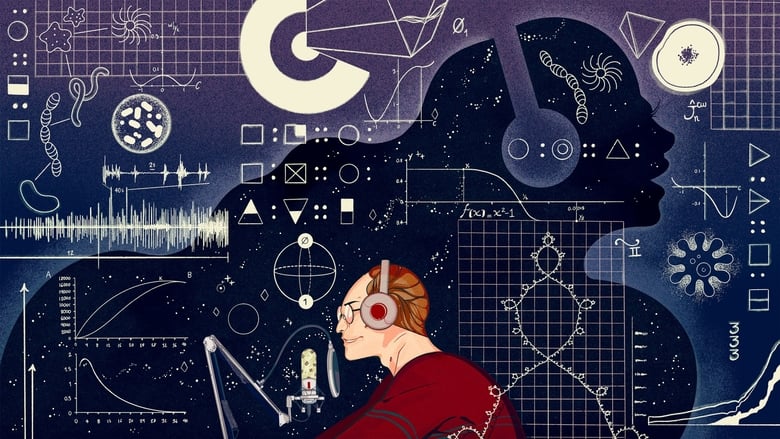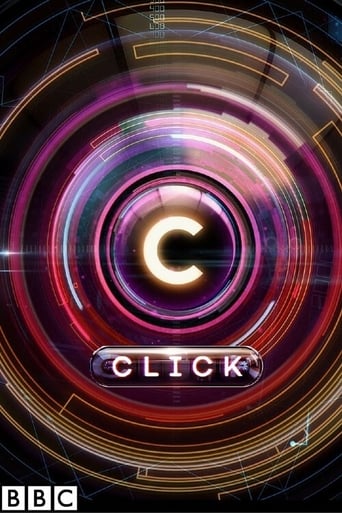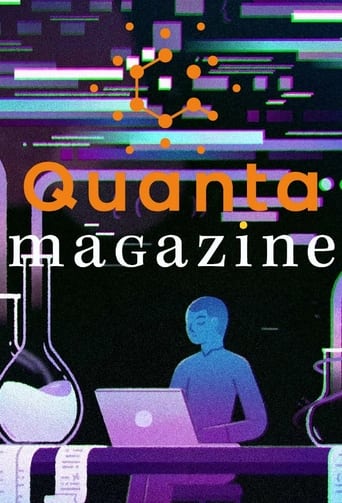
Trailer
Synopsis
Explore mind-bending developments in basic science and math research. Quanta Magazine is an award-winning, editorially independent magazine published by the Simons Foundation.
Episode 25 : 2021's Biggest Breakthroughs in Math and Computer Science
December. 23,2021
It was a big year. Researchers found a way to idealize deep neural networks using kernel machines—an important step toward opening these black boxes. There were major developments toward an answer about the nature of infinity. And a mathematician finally managed to model quantum gravity.
Episode 24 : 2021's Biggest Breakthroughs in Physics
December. 22,2021
It was a big year. Fermilab discovered possible evidence of new physics with the muon G-2 experiment. Physicists created a time crystal, a new phase of matter that appears to violate one of nature’s most cherished laws. And we got a glimpse of an enormous pair of bubbles towering over the Milky Way
Episode 23 : 2021's Breakthroughs in Neuroscience and Other Biology
December. 21,2021
A paradigm shift in how we think about the functions of the human brain. A long-awaited genetic sequence of Rafflesia arnoldii, the strangest flower in the world. A revelation in sleep science. These are some of the year's biggest discoveries in neuroscience and other areas of biology
Episode 22 : How NASA’s Webb Telescope Will Transform Our Place in the Universe
December. 03,2021
NASA's James Webb Space Telescope is the most powerful telescope in the history of humanity, and one of the most ambitious engineering projects ever attempted. It will witness the birth of stars and galaxies at the edge of time and probe alien skies for signs of life. In this new documentary from Quanta, JWST’s lead scientists and engineers discuss what inspired the telescope, how it was built, the extraordinary challenges it will face upon launch, and its potential discoveries.
Episode 21 : When Biology Meets Computer Science
November. 02,2021
Anne Carpenter, a computational biologist and senior director of the Imaging Platform of the Broad Institute of MIT and Harvard, brings the power of machine learning to researchers seeking answers in mountains of cell images. She developed CellProfiler, a widely used open-source software for measuring phenotypes (sets of observable traits) from cell images. It has been cited in more than 12,000 publications since its release in 2005.
Episode 20 : Exoplanets: The Astronomer Looking into Alien Worlds
October. 13,2021
We know next to nothing about the other 6 billion or so Earth-like exoplanets in the galaxy. With the imminent launch of the largest, most powerful space telescope ever built, Laura Kreidberg is optimistic this will soon change. Kreidberg is the founding director of a new department at the Max Planck Institute for Astronomy in Heidelberg, Germany, devoted to studying what the weather is like on alien worlds. NASA’s $10 billion James Webb Space Telescope (JWST), set to launch in December after decades of planning and construction, will allow her to peer into alien skies and, she said, “turn these planets into places.”
Episode 19 : The Scientific Problem of Consciousness
September. 30,2021
Anil Seth wants to understand how minds work. As a neuroscientist at the University of Sussex in England, Seth has seen firsthand how neurons do what they do — but he knows that the puzzle of consciousness spills over from neuroscience into other branches of science, and even into philosophy.
Episode 18 : How Scientists Finally Finished the Human Genome
September. 08,2021
In 2003, the Human Genome Project announced that it had successfully sequenced the entire human genome. That wasn’t quite true. Nearly 10% of human DNA was still missing from the map. Karen Miga, a geneticist at the University of California, Santa Cruz, co-founded an effort to sequence the missing DNA.
Episode 17 : How to Build Truly Intelligent AI
August. 04,2021
Melanie Mitchell, the Davis professor of complexity at the Santa Fe Institute, has worked on digital minds for decades. She says AI will never truly be "intelligent" until it can do something uniquely human: make analogies.
Episode 16 : The Most Successful Scientific Theory Ever: The Standard Model
July. 16,2021
The Standard Model of particle physics is the most successful scientific theory of all time. It describes how everything in the universe is made of 12 different types of matter particles, interacting with three forces, all bound together by a rather special particle called the Higgs boson. It’s the pinnacle of 400 years of science and gives the correct answer to hundreds of thousands of experiments. In this explainer, Cambridge University physicist David Tong recreates the model, piece by piece, to provide some intuition for how the fundamental building blocks of our universe fit together. At the end of the video, he also points out what’s missing from the model and what work is left to do in order to complete the Theory of Everything.
Episode 15 : The Bridge Between Math and Quantum Field Theory
June. 24,2021
Even in an incomplete state, quantum field theory is the most successful physical theory ever discovered. Nathan Seiberg, one of its leading architects, reveals where math and QFT converge.
Episode 14 : What’s Inside an Exoplanet
June. 15,2021
Out in the vast universe, unknown billions of strange worlds drift around other stars. Many of them are quite unlike anything in our solar system. While astronomers hope to use immense upcoming observatories to get a better look at their outsides, Federica Coppari has been using the world’s largest laser to investigate their insides. Coppari compresses familiar substances, including rocks and water, into new forms. Her work has yielded insights into the inner workings of frozen giants such as Uranus and Neptune, as well as the potential habitability of super-Earths — rocky planets that dwarf our own.
Episode 13 : Quantum Computers, Explained With Quantum Physics
June. 08,2021
Quantum computers aren’t the next generation of supercomputers—they’re something else entirely. Before we can even begin to talk about their potential applications, we need to understand the fundamental physics that drives the theory of quantum computing. (Featuring Scott Aaronson, John Preskill, and Dorit Aharonov.)
Episode 12 : Black Hole Jets: One of the Biggest Mysteries in the Universe
May. 20,2021
At the heart of every galaxy lies one of the most mysterious objects in the universe: a supermassive black hole. Millions to billions of times the mass of our sun, these giants power astrophysical jets, one of the most energetic processes known to physics.
Episode 11 : The Theory That Could Rewrite the Laws of Physics
April. 29,2021
Chiara Marletto is trying to build a master theory — a set of ideas so fundamental that all other theories would spring from it. Her first step: Invoke the impossible. Read more about Marletto and David Deutsch's constructor theory at Quanta Magazine: https://www.quantamagazine.org/how-to-rewrite-the-laws-of-physics-in-the-language-of-impossibility-20210429/
Episode 10 : Plate Tectonics: The Mystery of Earth's Many Faces
April. 14,2021
Plate tectonics is the narrative arc that ties every episode in Earth’s geologic history together. Thanks to the magnetic compasses hidden in volcanic rocks, scientists know where each tectonic jigsaw piece has been over eons of time. They can replicate the plates’ odysseys in beautiful and precise simulations that reveal the destruction and creation of Earth’s many faces. Lucía Pérez-Díaz, a geologist at Oxford, studies our planet's stunning ability to constantly change its face.
Episode 9 : Iceland Is Mars, on Earth
April. 06,2021
Volcanoes are intimately connected with life. Scientists are using the current eruptions in Iceland to understand the possible history of life on Mars. Read the full article at Quanta Magazine: https://www.quantamagazine.org/icelands-volcanoes-reveal-the-hot-history-of-mars-20210406
Episode 8 : Fighting for Equality in Computer Science and Beyond
April. 01,2021
Rediet Abebe uses the tools of theoretical computer science to understand pressing social problems — and try to fix them. Read more at Quanta Magazine: https://www.quantamagazine.org/a-computer-scientist-who-tackles-inequality-through-algorithms-20210401/
Episode 7 : Why Extraterrestrial Life Might Not Be So Alien
March. 18,2021
On the website for the department of zoology of the University of Cambridge, the page for Arik Kershenbaum lists his three main areas of research, one of which stands out from the others. Kershenbaum studies “Wolves and other canids,” “Dolphins and cetaceans” — and “Aliens.” Granted, science hasn’t yet found any aliens to study, but Kershenbaum says that there are certain things we can still say about them with reasonable certainty. Topping the list: They evolved. Read the full article at Quanta Magazine: https://www.quantamagazine.org/arik-kershenbaum-on-why-alien-life-may-be-like-life-on-earth-20210318/
Episode 6 : This U.S. Olympiad Coach Has a Unique Approach to Math
February. 18,2022
Po-Shen Loh believes math education needs an overhaul. And he knows a thing or two about it—he's resurrected the United States International Mathematical Olympiad team, leading it to four first-place rankings in the last six years as the team’s head coach.
Episode 5 : Why COVID-19 Models Are Often Wrong
February. 12,2021
To understand what epidemiological models can tell us, it helps to first understand what they can’t. In this explainer, we break down how epidemiological models are built and dispel some of the common misunderstandings about their applications.
Episode 4 : How Cosmic Dust Reveals the Secrets of the Universe
February. 04,2022
Every year, roughly 10 particles of space dust land on each square meter of Earth’s surface. Matthew Genge, a planetary scientist at Imperial College London, specializes in these alien dust grains, known as micrometeorites. They float here from space rocks hundreds of millions of miles away, bearing tiny messages about the mysteries of our solar system.
Episode 3 : Meet One of NASA's Pioneering Women
January. 19,2021
In 1967, Christine Darden was added to the pool of "human computers" who wrote complex programs and tediously crunched numbers for engineers at NASA's Langley Research Center. But Darden wanted to do more than process the data — she wanted to create it. After wading through daily calculations for eight years, Darden approached her supervisor to ask why men with the same educational background as her (a master of science in applied mathematics) were being hired as engineers. Impressed by her skills, her supervisor transferred her to the engineering section, where she was one of few female aerospace engineers at NASA Langley during that time. Her first assignment was to write a computer program for sonic boom. That program launched a 25-year career of working sonic boom minimization.
Episode 2 : What Makes Physics Beautiful, According to a Nobel Prize Winner
January. 12,2021
In this new video, Wilczek reflects on his life's work and describes what he believes to be the most beautiful equations in physics.
Episode 1 : The Riemann Hypothesis, Explained
January. 04,2021
The Riemann hypothesis is the most notorious unsolved problem in all of mathematics. Ever since it was first proposed by Bernhard Riemann in 1859, the conjecture has maintained the status of the "Holy Grail" of mathematics. In fact, the person who solves it will win a $1 million prize from the Clay Institute of Mathematics. So, what is the Riemann hypothesis? Why is it so important? What can it tell us about the chaotic universe of prime numbers? And why is its proof so elusive? Alex Kontorovich, professor of mathematics at Rutgers University, breaks it all down in this comprehensive explainer.
Seasons
Similar titles
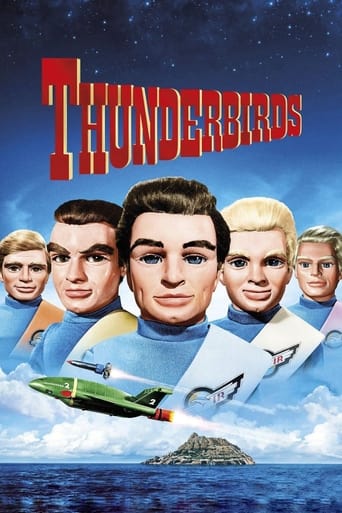
Prime Video
Thunderbirds
Thunderbirds is a 1960s British science-fiction television series which was produced using a mixed method of marionette puppetry and scale-model special effects termed "Supermarionation". The series is set in the 21st century and follows the exploits of International Rescue, a secret organization formed to save people in mortal danger with the help of technologically advanced land, sea, air and space vehicles and equipment, launched from a hidden base on Tracy Island in the South Pacific Ocean.
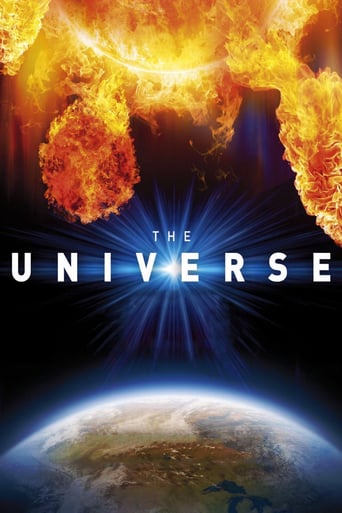
Prime Video
The Universe
From the planets to the stars and out to the edge of the unknown, history and science collide in a wondrous yet deadly adventure through space and time.
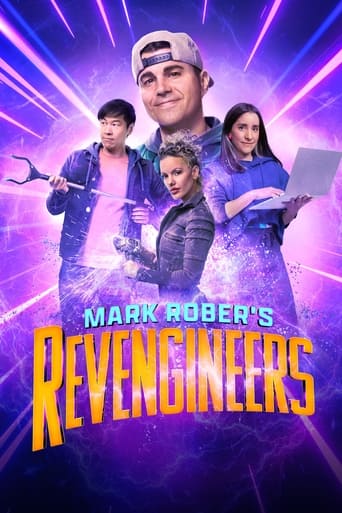
Max
Mark Rober's Revengineers
Mark Rober, former NASA engineer and current Apple engineer, created a viral glitter prank to serve justice to doorstep delivery thieves. Now you can join him and his team to take down the morally impaired. He'll build a trap, set the bait and wait.

Prime Video
Invader ZIM
Invader Zim is an American animated television series created by Jhonen Vasquez. The show premiered on Nickelodeon on March 30, 2001. The series involves an extraterrestrial named Zim who originates from a planet called Irk, and his ongoing mission to conquer and destroy Earth. His various attempts to subjugate and destroy the human race are invariably undermined by some combination of his own ineptitude, his malfunctioning robot servant GIR, and a young paranormal investigator named Dib, one of the very few people attentive enough to be aware of Zim's identity.
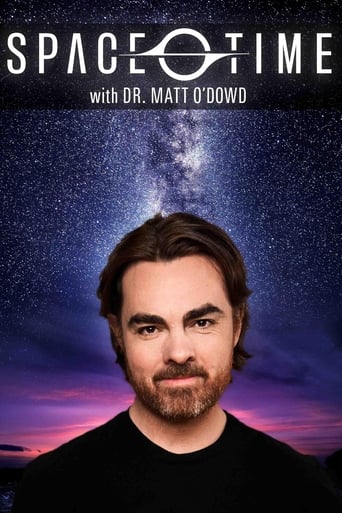
PBS Space Time
Space Time explores the outer reaches of space, the craziness of astrophysics, the possibilities of sci-fi, and anything else you can think of beyond Planet Earth with our astrophysicist host: Matthew O’Dowd.

Netflix
The Future Of
With the help of industry experts, this innovative docuseries examines new and emerging technological trends to imagine revolutionary possibilities.

HULU
Critter Fixers: Country Vets
100 miles south of Atlanta, Dr. Hodges and Dr. Ferguson are two longtime friends who own and operate Critter Fixer Veterinary Hospital. Together with their loving staff, Drs. Hodges and Ferguson treat and care for over 20,000 patients. Between emergency visits to the office, and farm calls throughout rural Georgia - the Critter Fixers are constantly bombarded with unique cases you only see in the country.

How We Invented The World
How We Invented the World is the ultimate action-packed, hi-energy, landmark series that examines the four inventions that define the modern world - mobiles, cars, planes and skyscrapers -celebrating the people and connections that made them possible. Each playing a crucial role in where we are now in the 21st Century - able to travel the globe, to talk to one another at any time at the push of a button, to live in huge cities, to commute, to capture the world we live in, making the fantasies we create come to life. This four part series lifts the lid on how these iconic inventions came to be. Showcasing the people who have shaped our lives in ways that they could have never imagined or anticipated, this series reveals stories of human ingenuity, extraordinary connections, unprecedented experimentation and jaw dropping accidents that created the world as we know it.

The Bell System Science
The Bell System Science Series consists of nine television specials made for the AT&T Corporation that were originally broadcast in color between 1956 and 1964. Marcel LaFollette has described them as "specials that combined clever story lines, sophisticated animation, veteran character actors, films of natural phenomena, interviews with scientists, and precise explanation of scientific and technical concepts — all in the pursuit of better public understanding of science.
Top Streaming TV Show
#1

Grey's Anatomy
March. 27,2005
7.6
#2

A Teacher
November. 10,2020
6.9
#3

The Mandalorian
November. 12,2019
8.6
#4

Station 19
March. 22,2018
7
#5

Game of Thrones
April. 17,2011
9.2
#6

The Undoing
October. 25,2020
7.4
#7
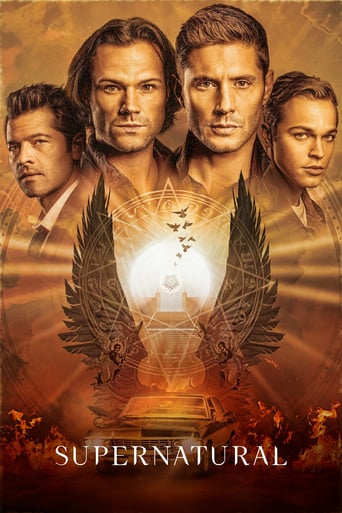
Supernatural
September. 13,2005
8.4
#8

The Last Dance
April. 19,2020
9.1
#9

Euphoria
June. 16,2019
8.3
#10

Fear the Walking Dead
August. 23,2015
6.8

